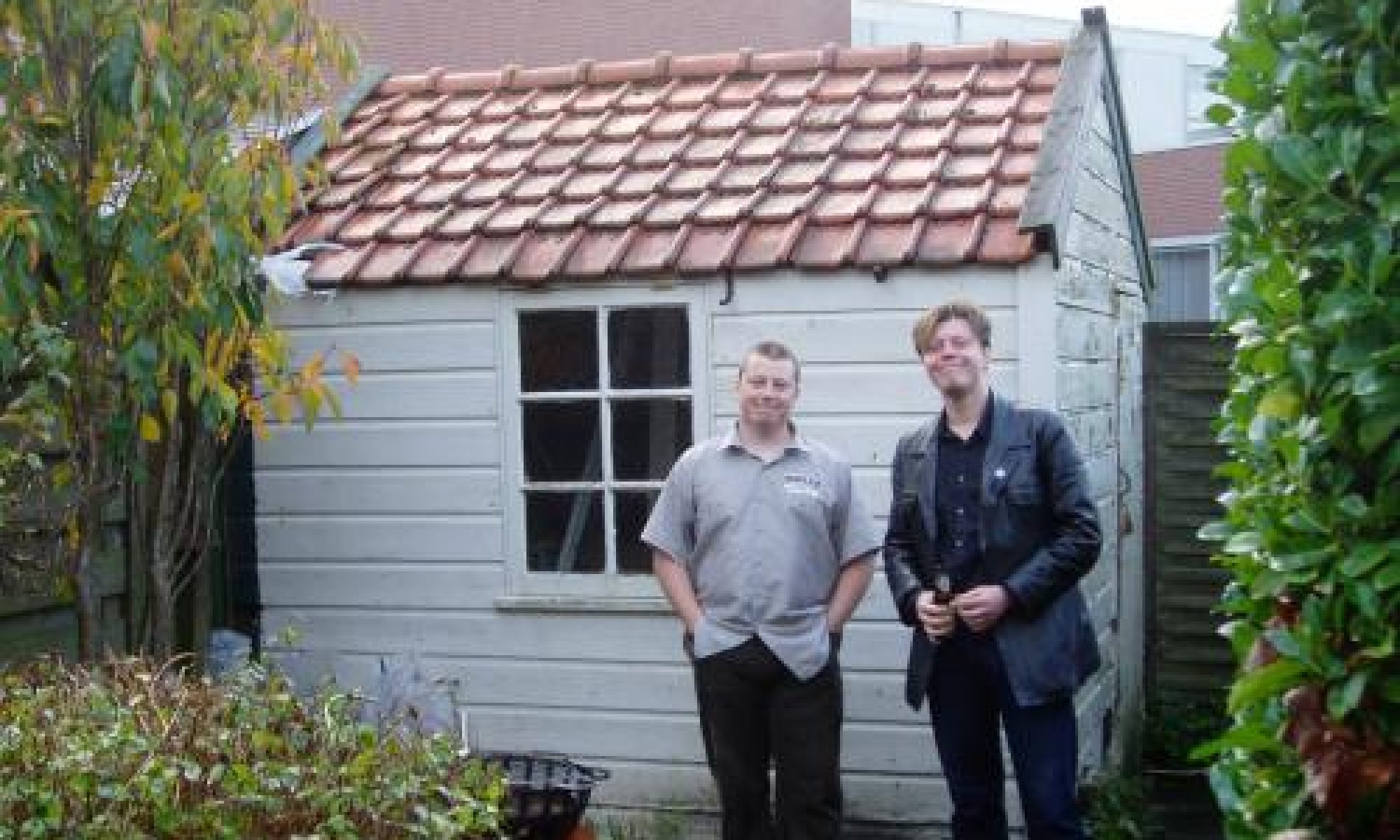It is an album of almost unimaginable folly, of incredible indulgence?
It is an album of almost unimaginable folly, of incredible indulgence?

Fiery Furnaces – Rehearsing My Choir
What on earth is one supposed to make of this album? It is an album of almost unimaginable folly, of incredible indulgence? After all, it is a sprawling carnivalesque showtune extravaganza detailing the imaginary life of an old woman looking back over her life. As the memories shift haphazardly over time so the songs change in style too, though certain motifs and refrains return throughout the album. Matthew and Eleanor Friedberger (who are the Fiery Furnaces) have employed their grandmother, Olga Sarantos, to play the old woman. Perhaps it is therefore easy to see why the critical reaction to this album has been somewhat mixed. The most negative reviews seem to be from those who have railed against the album for not working as a ‘rock’ album. (This is a favourite device of critics – damning something for what it is not rather than engaging with what it is. It’s like criticising a horse for not having stripes.) It is evidently not your standard ‘rock’ album; instead it is a rollicking ride around one person’s mind with a suitably deranged (in places) soundtrack.
The album is essentially one continuous track and the stories contained within it begin during the 1920s and continue through to the present day. Olga Santaros narrates from the present, looking back at her life and in particular her relationship with her husband.
Eleanor tends to take the part of Olga at the time the song is based, so that you have the two singing together but from different standpoints. The songs don’t run in chronological order but flit from time to time; in fact, two of the songs sit outside the sequence altogether though they deal with similar themes. The fact that the album is non-linear also seems to have annoyed people (as though films and novels haven’t been going backward and forward in time since the year dot) but, one must remember, these are the memories of a very unreliable narrator. Amongst the tales told there are affecting stories, stories that appear ‘true’ and ‘believable’. Then there are stories of gypsy curses and the sinister basement of a hat factory where all sorts of things go on.
In fact, at one point we hear about the doctor who was also a donut maker and who only cured people using the ingredients he included in his donuts. In fact the lack of a chronological order makes sense if we think of a person relating their life and being sidetracked here and there as must inevitably happen. If you’re really bothered about following this fantastic tale it really isn’t difficult. It is a tale that mixes the believable and personal with the wonderful and the ridiculous. And the music represents this mixture of elements too.
The album kicks off with The Garfield El. A thumping minimal piano dominates the track. Olga’s voice is deep and almost slightly slurring. It is not obvious that this is a woman speaking. Her voice, wistful and melancholy, also manages to be dignified and strong at the same time. It’s a great voice. In fact, the flat narration and the slightly skewed lyrics of the song resemble tracks such as Mr. Bojangles from Philip Glass’ Einstein on the Beach. No, this is definitely not your standard ‘rock’ album.
Two-thirds way through The Garfield El the piano slows and takes a sombre turn. The melody that emerges, and effectively introduces the memories that will follow, re-appears at various points throughout the album. The second track, The Wayward Granddaughter, is one of the two tracks that exist outside the album’s central narrative. Set a few years ago this track starts out as a disco number, complete with a beat and keyboard squiggles. Grandmother and granddaughter discuss how the latter would have killed the former’s husband (had he not already died) for dying her red hair black, and what the latter got up to with two boys called Kevin.
A Candymaker’s Knife in my Handbag returns us to the central story. We’re in the 1940s now and the sound starts off with electro squiggles before lurching into a catchy ditty telling us how Olga’s character learnt to cook. Then we are treated to a lullaby before an electronic guitar briefly interrupts things to preface how a meeting with her husbands’ father is going to turn out disastrously. Before the end of the five-minute track the song turns this way and that at least another couple of times and ends with some slowed down garage beats. It may sound like a complete mess, and in many ways it is – certainly the old verse-chorus-verse routine has no place on this record.
But if it is a mess it is also a glorious one and perhaps even a calculated one. The music is no more in control than the memories as they come flooding out. Therefore the music changes frequently and often very playfully and humorously. Importantly there are some incredibly catchy riffs scattered throughout this album whether they be pastiches of music from the past, almost prog-style violent interventions, or modern electro gurgles. Maybe it is because the album wants to have it all that it has upset some people. Along with poignancy there is also fantasy and humour. Along with a central and believable character there is the celebrity obsessed bishop and the donut making doctor. As well as 30s style pianola we have white noise; as well as harpsichords we have keyboards and drum synths. Well, sometimes you really can have it all. If it is fragmentary and obtuse in parts this simply reflects the process of recalling.
Rarely will you come across an album so human and yet so funny; so experimental (for a ‘rock’ album) and yet so based on traditional song-writing skills.
Words: Chris Dawson.
